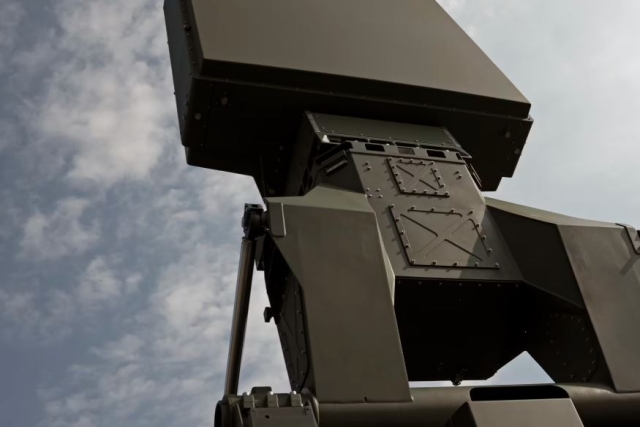USAF Takes Delivery Of Sixth WGS-6 Satellites
The sixth and the final Block II series spacecraft, Wideband Global SATCOM (WGS-6) built by Boeing has been delivered on orbit to the US Air Force, boosting communications capabilities for the US military and its allies.
WGS-6 was funded by the Australian government – making the country the programme’s first partner outside the US - and brings the Australian Defence Force access to the WGS network.
Craig Cooning, vice president and general manager, Boeing Space & Intelligence Systems, was quoted as saying by Shephard, ‘The first six WGS satellites are giving warfighters quick and reliable access to information, and we continue our commitment to providing the same level of quality and value on the remaining WGS satellites.’
The WGS network is designed for coverage, capacity and connectivity. Operating at both X-band and Ka-band the system will enable networks for tactical Command, Control, Communications, Computers, Intelligence, Surveillance, and Reconnaissance (C4ISR).
The first WGS entered service over the Pacific Ocean in 2008, and since then the remaining Block I satellites have been placed into service over the Middle East, Europe and Africa.
The Block II satellites include an RF bypass enhancement to support high-data-rate airborne intelligence, surveillance and reconnaissance missions.
Four additional WGS satellites are in production under the programme’s Block II follow-on contract. WGS-8 and beyond will include an upgraded digital channelizer, which will increase the satellite’s bandwidth by more than 90 percent.










